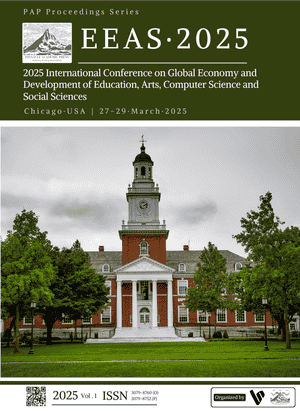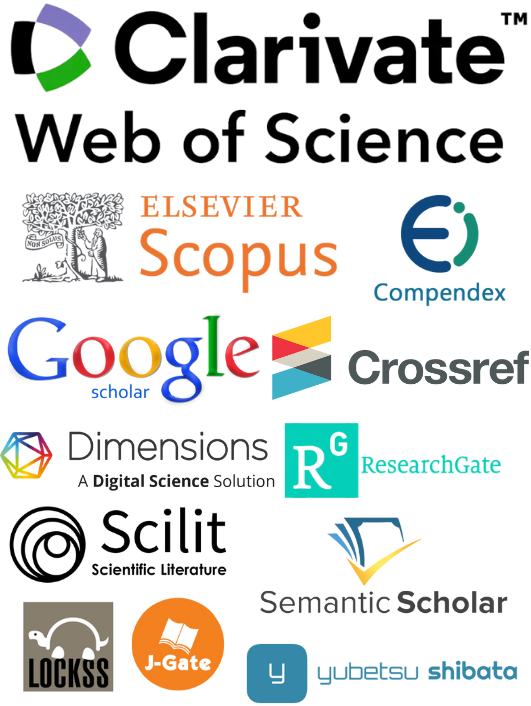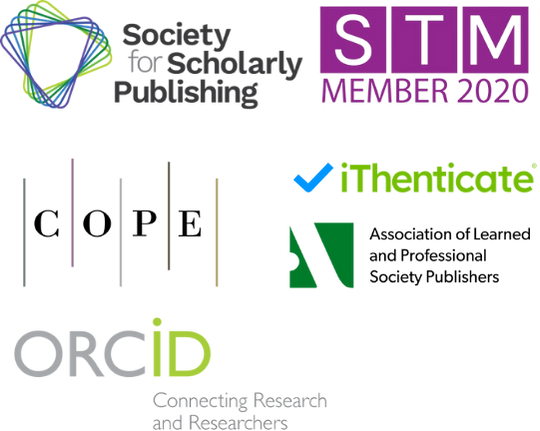A Study on the Translation of Station Names of Guangzhou Metro Lines through Functional Translation Theory
Keywords:
translation of subway station name, Guangzhou metro, functional equivalence theoryAbstract
As the administrative and economic center of Guangdong Province, Guangzhou’s urban image has a crucial role in shaping the city’s image. Many foreign residents from all over the world live here, and the subway, as the main means of transportation in Guangzhou and a window to showcase the city’s culture to both Chinese and foreigners, needs to be translated in a way that reflects the city's cultural heritage while providing clear and accurate travel information. Based on the theory of functional equivalence, this study analyzes the English translation of 226 station names for 11 existing subway lines that have been opened in Guangzhou. It analyzes the translation methods used, identifies problems in the translations of station names and proposes solutions to make subway translations more accurate, providing a certain reference for future translations of other unopened or opened subway station names.
References
1. K. B. Amenador and Z. Wang, "A systematic review of the Chinese-English translation of public signs," Sage Open, vol. 12, no. 2, pp. 21582440221094611, 2022, doi: 10.1177/21582440221094611.
2. B. Saule and A. Aisulu, "Problems of translation theory and practice: original and translated text equivalence," Procedia Soc. Behav. Sci., vol. 136, pp. 119-123, 2014, doi: 10.1016/j.sbspro.2014.05.300.
3. L. Zhang and Y. Guo, "A study on the English translation of public signs in Chinese destinations," J. China Tour. Res., vol. 16, no. 2, pp. 248-260, 2020, doi: 10.1080/19388160.2019.1629367.
4. W. Kurniawati, A. D. Kartika, A. Ridwan, S. Sueb, and M. A. Asnur, "Linguistic equivalence in the translation of German and Indonesian prepositions: A case study on novels 'Herr der Diebe' and its Indonesian translation 'Pangeran Pencuri'," in Int. Joint Conf. Arts Humanities 2024 (IJCAH 2024), Atlantis Press, 2025, pp. 1081-1090, doi: 10.2991/978-2-38476-317-7_105.
5. A. Al-Tarawneh, M. Al-Badawi, W. Abu Hatab, and A. H. Alhalalmeh, "Machine translation in light of the cultural turn," in Intelligence-Driven Circular Economy: Regeneration Towards Sustainability and Social Responsibility—Volume 2, Cham: Springer Nature Switzerland, 2025, pp. 517-523. ISBN: 9783031742194.
6. L. Yan, "The implications of new censorship theory: Conformity and resistance of subtitle translators in China," J. Spec. Transl., no. 43, pp. 171-187, 2025, doi: 10.26034/cm.jostrans.2025.6950.
7. Q. Pi and L. Zhong, "Translation at work in climate change communication," Sci. Commun., vol. 47, no. 2, pp. 309-315, 2025, doi: 10.1177/10755470241269914.
8. M. Haseeb, M. Akbar, and W. S. Abbasi, "Machine translation vs. human translation: A comparative study of translation quality," Soc. Sci. Rev. Arch., vol. 3, no. 1, pp. 885-894, 2025, doi: 10.70670/sra.v3i1.375.
9. S. Zheng, "A study of the Chinese-English translation of public signs in scenic spots in Guangzhou from the perspective of Skopos Theory," Theory Pract. Lang. Stud., vol. 11, no. 5, pp. 489-497, 2021, doi: 10.17507/tpls.1105.05.
10. X. Hu, Y. Niu, and X. Zhang, "Analysis of errors in English translation of public signs in Nanjing red tourist attractions and their countermeasures–Take Tuhuatai scenic spot as an example," Int. J. Front. Sociol., vol. 3, no. 14, 2021, doi: 10.25236/IJFS.2021.031406.
11. J. F. P. de Chemellier and S. H. Chan, "'Don’t forget to close the light!': ERP evidence for the facilitation of typical translation equivalents in bilingual processing," Biling. Lang. Cogn., pp. 1-13, 2025, doi: 10.1017/S1366728925000227.
12. B. Y. Kang, "Unveiling Koreanness in Yoon Ha Lee’s Dragon Pearl: Cultural representation and translation strategies," Acta Linguist. Asiatica, vol. 15, no. 1, pp. 153-176, 2025, doi: 10.4312/ala.15.1.153-176.
13. R. Jarrar, "Translating for Palestine as self-development: A translational perspective on human rights and international de-velopment," Ph.D. dissertation, Université d'Ottawa| University of Ottawa, 2025, doi: 10.20381/ruor-30826.
14. M. Wenner and A. Heidler, "Translating Fairtrade: Contact zones and discursive power in the global production network of certified Darjeeling tea," J. Econ. Geogr., lbaf004, 2025, doi: 10.1093/jeg/lbaf004.
15. Á. Marín García, "Cultural mediators and distributed agency: The case of the publishing house Alfaguara (1976–1982)," Trans., pp. 1-15, 2025, doi: 10.1080/13556509.2024.2432761.
16. J. Schritt and J. P. Voß, "Colonization, appropriation, commensuration: Three modes of translation," Sociol. Rev., vol. 73, no. 1, pp. 196-215, 2025, doi: 10.1177/00380261231201475.
Downloads
Published
Issue
Section
License
Copyright (c) 2025 Lizhen Liang (Author)

This work is licensed under a Creative Commons Attribution 4.0 International License.



